Browse Our Books
You can browse our books easily with any of the following filters, hover over the filters or their titles to see their descriptions.
Reading Level
Categories
Or you can use quick search or switch to advanced search for better results...
Search Results (Found 5110 results)
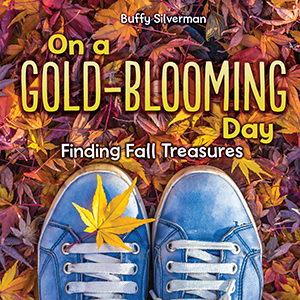
On a Gold-Blooming Day: Finding Fall Treasures
From Buffy Silverman, author of On a Snow-Melting Day, comes an exciting companion book. As autumn begins, plants and animals in nature begin to change in all kinds of ways to prepare for winter. Brilliant photos and rhyming text work together in this engaging read-aloud to highlight these changes, and back matter offers more information about each creature and change featured.
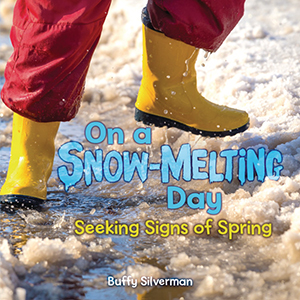
On a Snow-Melting Day: Seeking Signs of Spring
In the early days of spring when the snow begins to melt, plants and animals stir to life. High-impact photos and simple, rhyming text make for an engaging read-aloud while back matter offers more detail about each of the creatures featured in this celebration of spring's arrival.
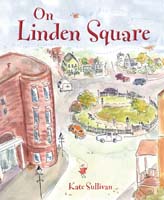
On Linden Square
It's the first day of winter vacation and Stella Mae Culpepper is bored. As she looks out from the window of her second-floor apartment, she can see all of the usual happenings on Linden Square, her city neighborhood. There are her neighbours. She knows them all by name...or by the names she's given them, depending on their activities and what Stella Mae can see from her window. Stella Mae thinks she knows her neighbors but she doesn't really. Everyone in the neighborhood is too busy minding the
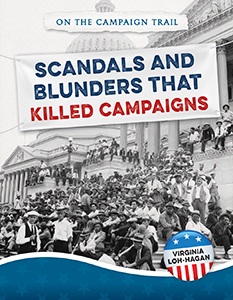
On the Campaign Trail 
From wacky political parties to vicious campaign tactics, On the Campaign Trail explores some of the most surprising facts about American political campaigns. Struggling readers will be drawn into this series by considerate text, engaging photos, and high-interest content.
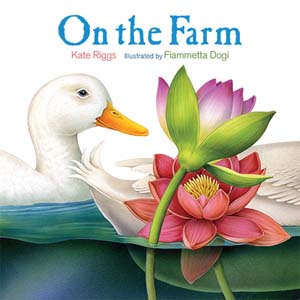
On the Farm
Detailed illustrations and simple text are paired within a board book format to introduce young readers to the sounds and names of baby and adult barnyard animals.
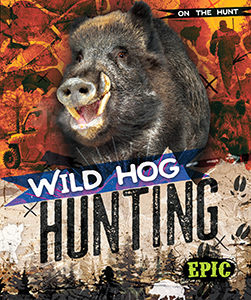
On the Hunt (Epic) 
People have hunted animals for thousands of years, and this tradition still stands strong today! In this hi/lo series, readers are introduced to common animals that people hunt. With leveled text and vibrant images, readers will learn about the animal, why and when people hunt it, the gear hunters use, and rules and important safety information. Each title is packed with special features including maps, popular hunting spots, gear callouts, and fun facts to enhance readers learning experience!

On The Job
Young readers will be surprised to discover the variety of jobs in different fields. This early introduction to careers features current on-the-job photos, and skills needed to "Get the Job". STEM connections are integrated throughout.

On the Paranormal Hunt (Hi Jinx)
The world is full of mysterious stories. A monster in Loch Ness? Ghosts in graveyards? No one knows if the stories are true. But hunting for answers is spooky fun.
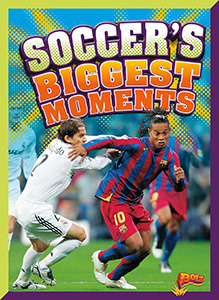
On the Pitch (Bolt)
Score a goal with this fantastic series about the world's most popular sport. Explore soccer from many angles, from its popular players to the rules of the game, and get in on the action. Great for compare/contrast discussions. Are you ready to get On the Pitch?

On the Way to School
On the way to school, I can see . . . my friends racing just like me. Way up high, we touch the sky. I ride to school. I almost fly."" Every day, children all over the world are traveling to schoolÑby bus, by canoe, through valleys, over mountains and snow. How do you get to school? Exploring all the diverse ways that children journey to school across the globe, this book celebrates the universal joy of childhood, friendship, and learning. A wonderful starting point for discussions about other c